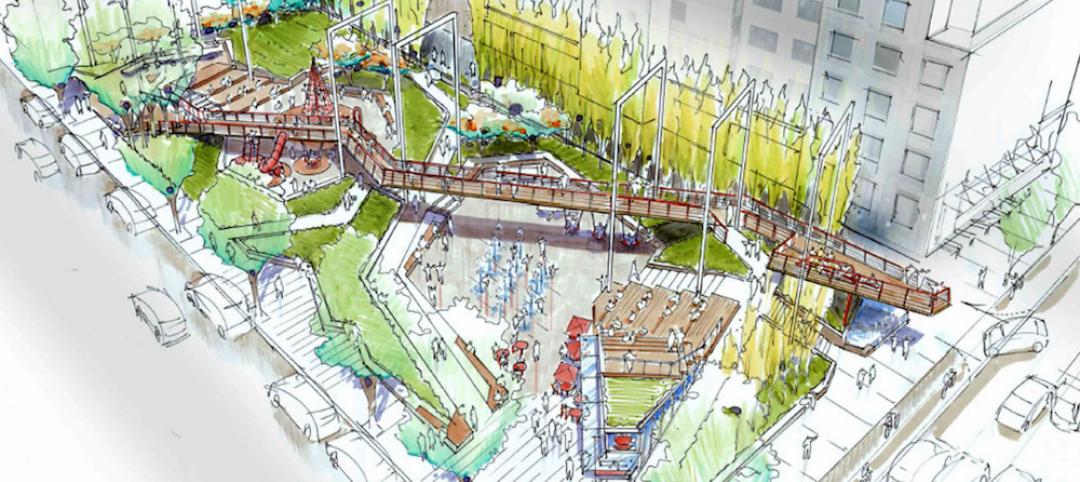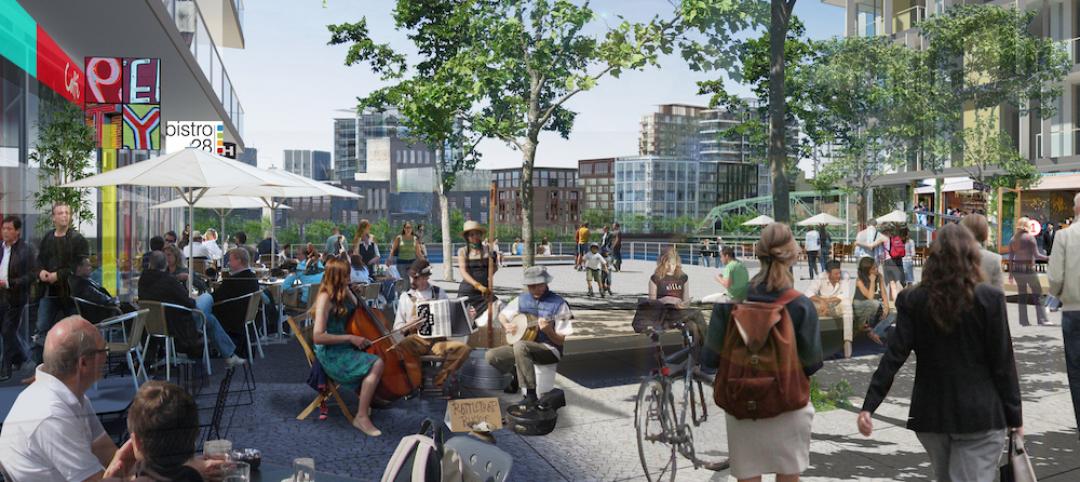Cities interested in bolstering their economies through innovation should look beyond the typical formalized processes.
Instead, a new paper from the Brookings Anne T. and Robert M. Bass Initiative on Innovation and Placemaking pushes economic development leaders to recognize that different types of firms innovate through distinct actors and both market and non-market channels. As a result, regions require industry-tailored innovation-support strategies.
In “How Firms Learn: Industry specific strategies for urban economies,” Brookings Senior Policy Analyst and Associate Fellow Scott Andes examines how manufacturing and software services firms develop new products, processes, and ideas. He illustrates three archetypal innovation models, which correspond to three industry types:
- Classic Industries, such as pharmaceuticals, work primarily with universities and other traditional innovation actors and use market channels, including contracts and licensing agreements, as sources of invention.
- Unconventional Industries, exemplified by small-and medium-sized manufacturers, primarily source innovation from clients and suppliers and pursue informal innovation channels, such as joint research agreements and supplier contracts.
- Mixed Industries predominantly rely on non-traditional actors but formal market channels to acquire innovation. Example industries include semiconductors, chemicals, and textiles.
“In order to build strong regional economies, urban economic development leaders should stop carbon copying other cities’ approaches and instead align local economic strategies with the particular ways their dominant industries innovate,” Andes said.
Specifically, public, private, and institutional stakeholders should develop strategies that:
- Recognize that all industries can be innovative, not just software and medical technology startups, and identify the particular innovation pathways utilized by local firms.
- Eliminate institution-wide technology transfer practices at research universities that focus on licensing and allow specific departments and centers to cater to different industries.
- Establish partnerships with non-research colleges and universities to support firms seeking short-term process innovation.
- Modify the traditional accelerator model to respond to the innovation needs of startups in nontraditional growth sectors.
- Link designers, engineers, and software developers in urban centers to manufacturing supply chains in the surrounding regions.
- Advance appropriate place-based strategies to increase the density of innovative firms and support organizations.
Such industry-contextualized approaches will allow for urban economic development resources to be used to their best advantage and firms and other innovation actors to maximize learning and economic power.
 Sources of innovation and channels by which acquired, by industry. Source: Author’s analysis of Arora, Cohen, and Walsh (2014) and Graham (2009). Click image to enlarge.
Sources of innovation and channels by which acquired, by industry. Source: Author’s analysis of Arora, Cohen, and Walsh (2014) and Graham (2009). Click image to enlarge.
Related Stories
Urban Planning | May 31, 2016
Vancouver park board approves final design for urban park
The green space is intended to be a recreation area for a busy part of downtown.
Urban Planning | May 31, 2016
The entire Swedish city of Kiruna is being relocated to prevent it from collapsing into underground iron mines
Kiruna, the northernmost city in Sweden, and its 20,000 residents will be moved two miles to the east by 2040.
Urban Planning | May 23, 2016
Developer acquires 62 acres of vacant land in Chicago
Related Midwest will turn the strip that connects the South Loop to Chinatown into a neighborhood with homes, stores, and offices.
Urban Planning | May 20, 2016
Why people are the most important factor in urban regeneration
What makes large-scale urban regeneration projects successful? CallisonRTKL's Edgar Kiviet explores how cities, particularly those in Eastern Europe, are undergoing a transformation.
Urban Planning | May 16, 2016
5 steps to creating high-performance communities
Perkins+Will's Noah Friedman and Kristen Hall break down the essential ingredients to create a neighborhood that's accessible, comfortable, and vibrant.
Urban Planning | Apr 19, 2016
MVRDV wants to turn a former US Army barracks in Germany into a model for the future of suburban living
Blending traditional families with young couples and the newly retired, MVRDV hopes to transform traditional suburbs into diverse communities of shared experiences
High-rise Construction | Mar 10, 2016
Bigger, taller, wider: London’s skyline is about to have a major growth spurt
More than 100 tall buildings have been added to the plans for the capital city since this time last year, and the overall number of tall buildings planned for London is now over 400.
High-rise Construction | Feb 25, 2016
Kohn Pedersen Fox wants to build a mile-high tower in Tokyo
The tower would be the centerpiece of Next Tokyo, a mini city in Tokyo Bay adapted to climate change and rising tides.
Mixed-Use | Feb 18, 2016
New renderings unveiled for Miami Worldcenter master plan
The ‘High Street’ retail promenade and plaza is one of the largest private master-planned projects in the U.S. and is set to break ground in early March.
Green | Feb 18, 2016
Best laid plans: Masdar City’s dreams of being the first net-zero city may have disappeared
The $22 billion experiment, to this point, has produced less than stellar results.
















